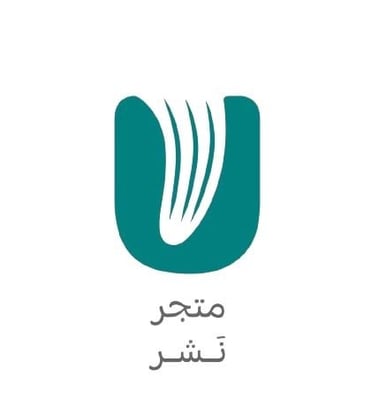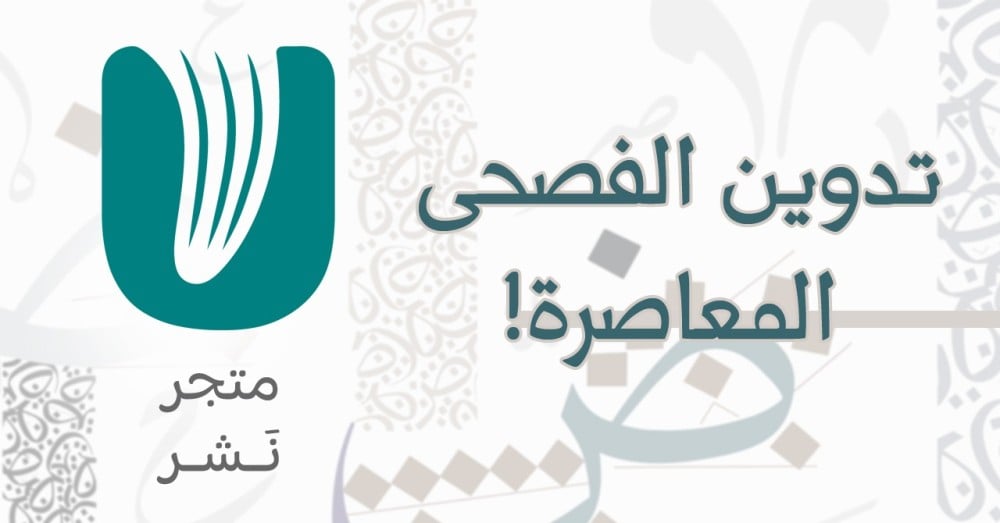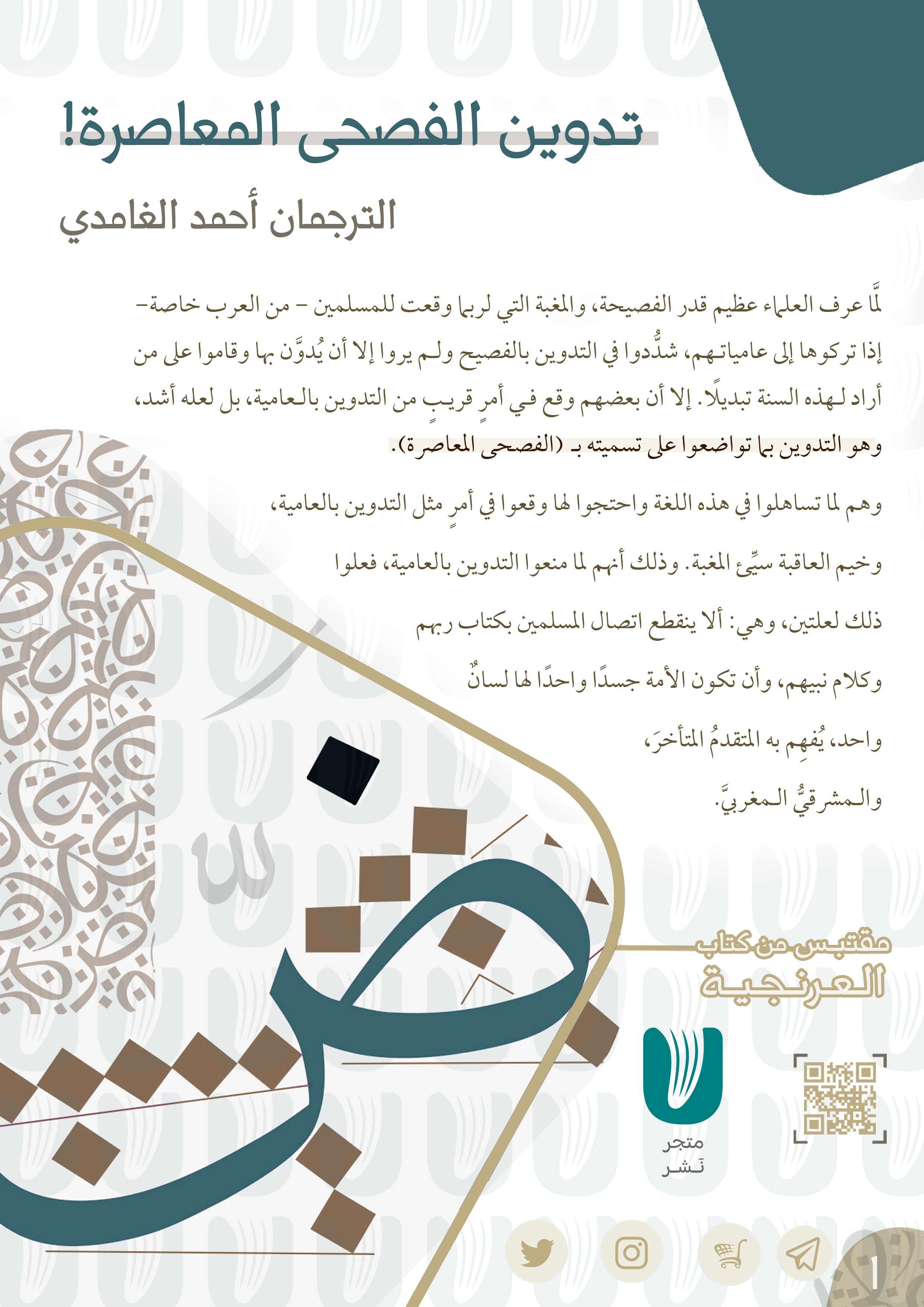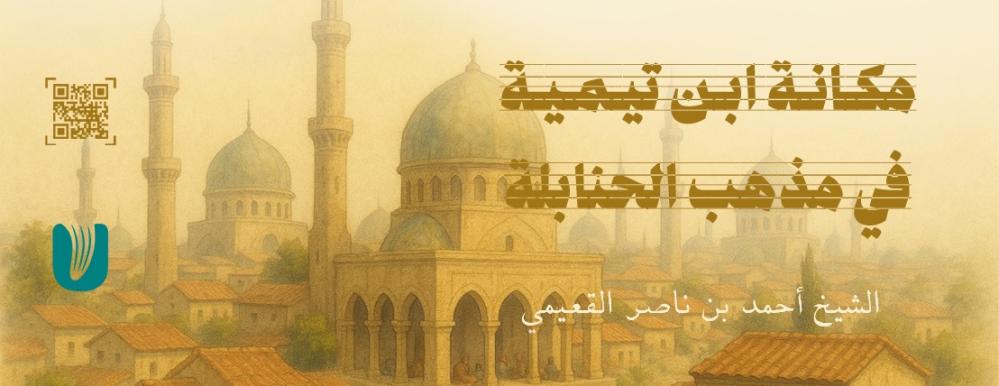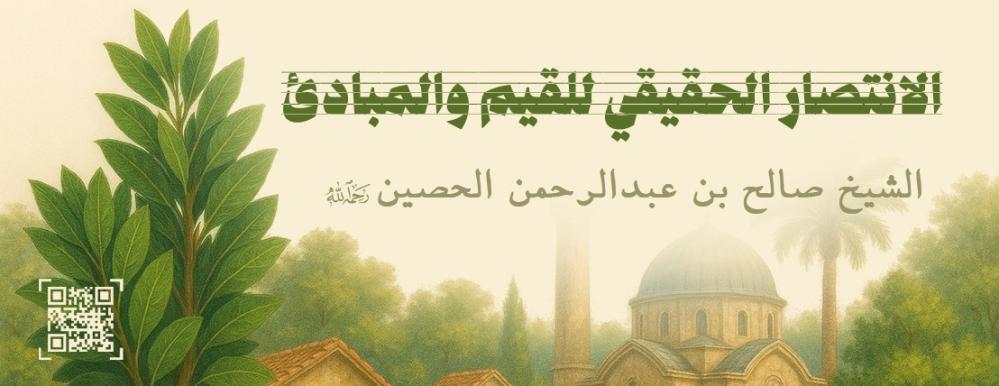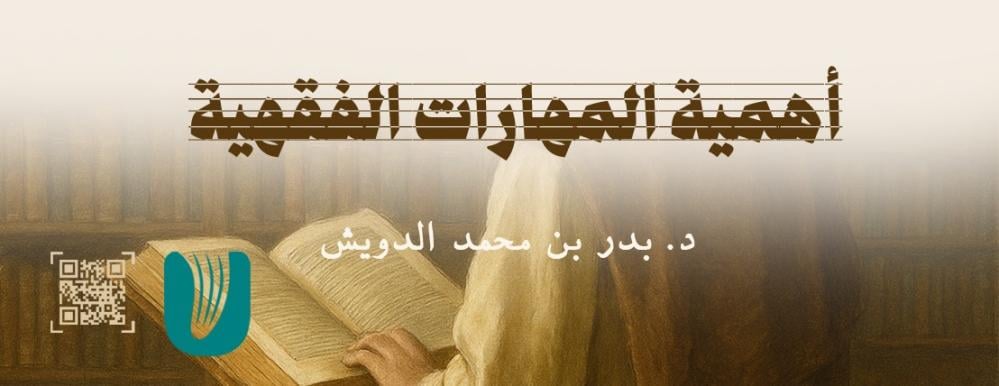Contemporary classical writing!
Translated by Ahmed Al-Ghamdi
When the scholars knew the great value of the eloquent, and the harm that might befall the Muslims - the Arabs in particular - if they left it to their colloquial people, they were strict about writing down the eloquent, and saw only that it be written down, and they rose up against those who
He wanted a change for this year. However, some of them fell into something close to writing down colloquial language, and perhaps even more severe, which is writing down what they were humbled to call (contemporary classical Arabic).
When they were lenient in this language and protested against it, they fell into something like writing down colloquial language, and the consequences were bad. This is because when they banned writing in the colloquial language, they did so
This is for two reasons, namely: that Muslims’ connection with the Book of their Lord and the words of their Prophet should not be cut off, and that the nation should be one body with one language, with which the advanced can understand the late, and the Easterner can understand the Westerner.
Such objectives do not occur in (contemporary classical classical) , as they do not connect us with the Book of God and the Sunnah of His Prophet, and they do not connect us with those before us. But this
If language takes root in the soul, it becomes a veil between a person and the words of God, the words of His Prophet, and the words of our predecessors. Many of the people of our time are suspicious of (contemporary classical Arabic)
If he read the words of the ancients, he would be confused about them, and if he understood them, he would find them far from his taste and burdensome. I mention a man from the people of contemporary classical classical Arabic and its imams who said:
If our writing had been presented to Al-Jahiz, he would not have understood it except through two translators, thus renewing and expanding the language. He was correct in the first part of his statement, if only he had read the first part
(Contemporary Classical) when they understood it, but this is not due to the expansion of the language, but rather to its transformation from its Arabism into severe foreignness and clear foreignness.
It deceives people into believing that it is based on the traditions of the Arabs, while it is not of them in any way. Thus, this delusion was worse than writing down in the colloquial language. Because the one who looks at colloquial language knows that it is different from eloquent speech. As for (contemporary classical Arabic), she wears Arab clothes and turbans to give the illusion that she is Arab, so a person leans towards her and opens his chest to her, and in reality she is a hypocrite, foreign inwardly, and that is why I called her Arnjiyya, because it is an Arabic language outwardly and Western inwardly.
This arrogance - as I mentioned to you - is a veil between people and eloquent speech. When you come to much of the Qur’an and Sunnah, you find that people do not understand it unless it is explained with a strange word or phrase. I have saved examples and evidence for the third chapter, and I will provide you with many of them there, God willing.
I have seen people attach the use of (contemporary classical Arabic) to strange meanings that they originally took from the non-Arabs. They say that we use classical Arabic to preserve (the societal fabric), (Arab identity), (Arab heritage), (national culture), and other strange meanings. This is something that should not be paid attention to, and its harm is greater than its benefit. If the Arabs wanted to come together, they would not have had to come together in the language of the Qur’an, and the effort of learning would have been sufficient for them to use what they call the white language, or they might have come together on the speech of the people of a particular country that all Arabs understand, such as the Arabic of the Egyptians, or they would have used a hybrid language between Arabic and English, or other aspects. the meeting.
What is more astonishing to me is that he pays attention to the words of the predecessors by studying, researching and investigating them, and yet he uses, in his writings, the methods of the Franks and not the methods of the Arabs whose language he is talking about! These people are like those who pay attention to the Latin tongue, the Greek tongue, and similar tongues of the ancients, and do not value it except because it is ancient speech and (heritage), and its right - according to them - is to adhere to the papers and not leave them. I was amazed when I saw people citing the poetry and speech of eloquent people, and mentioning their books and quoting them, while they were the furthest away from using their language, and I hated people to mention its revival, until I knew that Arabic to them was a “culture,” a “societal fabric,” an “Arab identity,” and other things. That is one of the strange Frankish meanings. They mention the poetry of Jarir as the English remember the poetry of Chaucer (d. 804 AH), and they mention Al-Jahiz’s prose as the English remember Wycliffe (d. 786 AH), something old that they remember like they remember myths.
If people were to humble themselves with a verse in which it was said: (I will often do the love for you in my heart). They accepted it, because the Arabic of the firsts only concerned them insofar as it was the heritage and culture of the firsts, and nothing else. For them, every era has a language, style and expressions. I do not want these people with my words, and I have no authority over them, and I do not think they will like my words. Rather, I want those who raised the status of Arabic because it is the language of the Qur’an, and who wanted to connect people with the words of their Lord and the words of His Messenger, may God bless him and grant him peace, and who wanted the chain of transmission not to be severed between the earlier and later ones, and to The other understands the words of the first, and God is the One who helps.
Click here to access the full book page.
Click on the image to access the image version (pdf), which can be downloaded and published.
